I’ve wanted tattoos since I was twelve, and I even ended up getting the same tattoo that I wanted since then, and still love it to this day. Ten years, and twenty five tattoos or so later, I’ve noticed a lot of inspiration for my tattoos comes from my love of the literary. They range from quotes and references to a drawing by Mr. Kurt Vonnegut. I like being able to read the books I love on the surface of my skin.
I asked a few friends to share some of their stories with me as well, but first, here are two of mine:
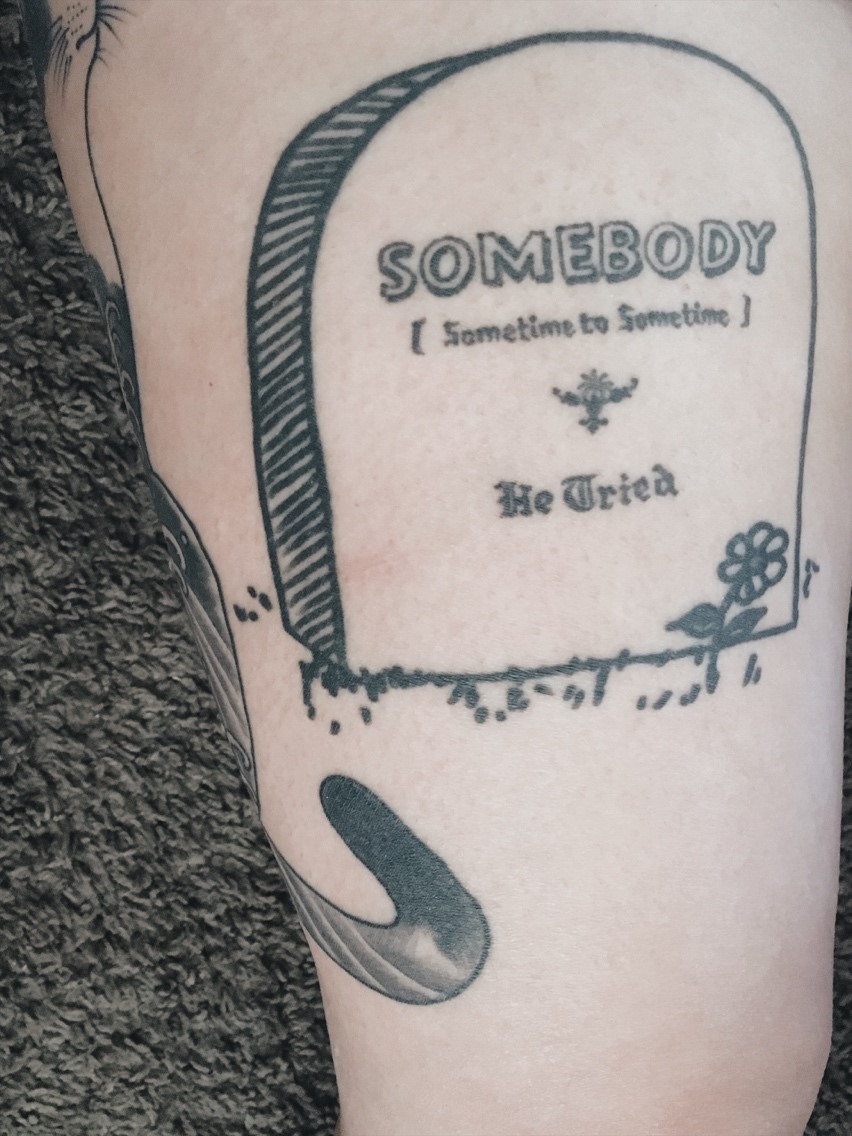
I remember the first time I read Kurt Vonnegut; I was sixteen and decided I wanted to be a writer. I wasn’t any good, nor did I try to dive into literary canons like I should’ve. I was given a copy of Slaughterhouse Five that I never actually read, but I got an A on an essay I wrote based off of a few thematic points someone else explained to me. About two years ago, a friend of mine gave me her copy of Breakfast of Champions. I have a terrible habit of picking up a book, reading half way, then picking up another book to repeat the cycle. But for some reason, I couldn’t put this one down. I was confused, yet it was so clear what Vonnegut was telling me. Each detail, how each character was described in the same manner because there would never be a reason to have a character in a story that either didn’t matter, or push the plot further. So much of my writing style has come from this--thinking in concrete details has really strengthened my writing and my confidence.
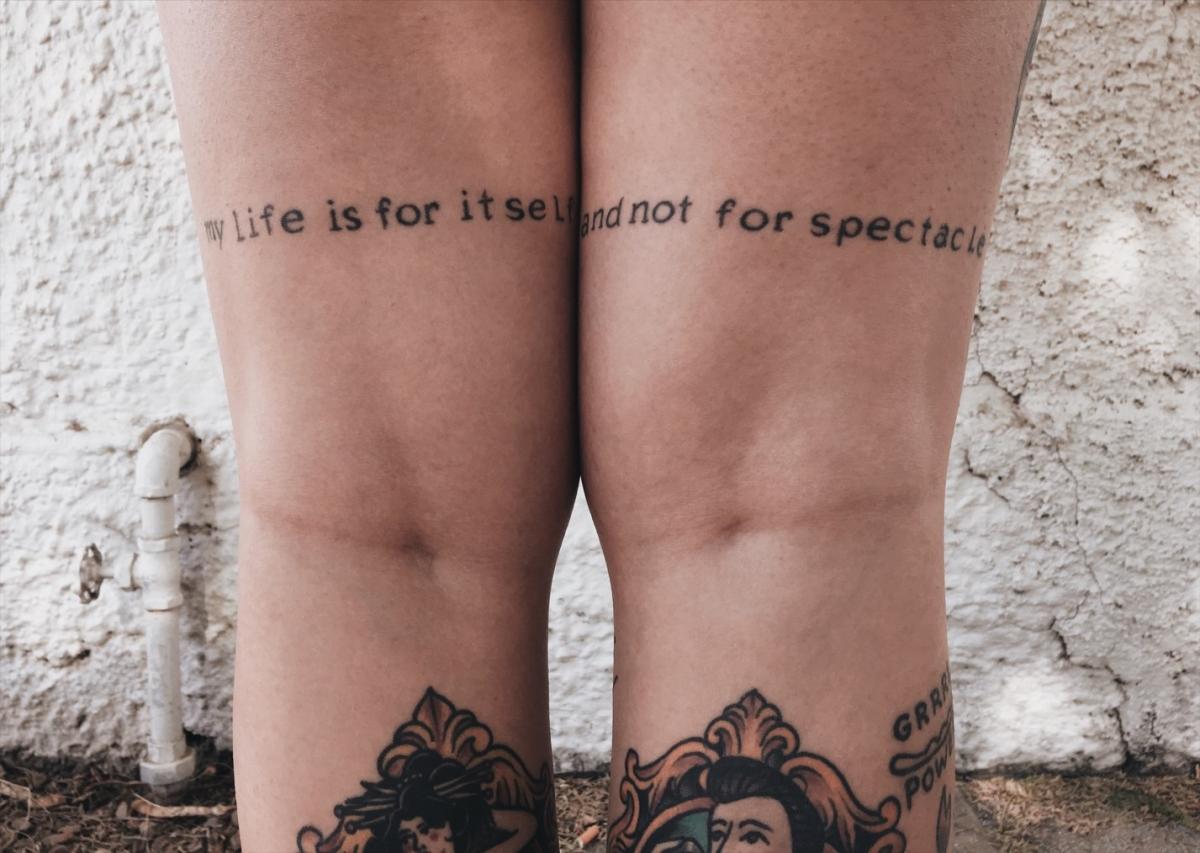
Another reflection on my 16-year old self: In class, my teacher would make us read for an hour. I was forced to read books I now love. The majority of the time she just watched TV on her computer, but at moments she would get up from her seat, and make sure our faces were buried in the pages. We were reading Ralph Waldo Emerson's “Self-Reliance” one week, and as we were in our forced reading I remember staring blankly at a page. Realizing that I was basically reading the same page for at least fifteen minutes, I flipped the page and the first line that caught my eye was right in the center, “my life is for itself and not for spectacle.” This line became the center of my writing, the center of my morals and my confidence in that my life and my writing is for myself, and not for anyone else.
Wren Awry
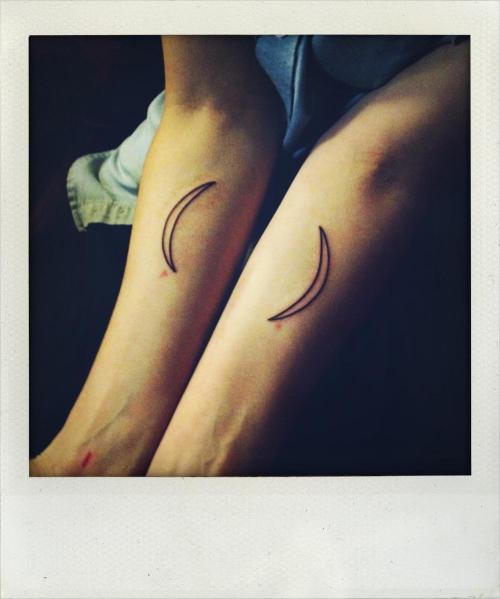
When I first got these tattoos, in autumn 2013, I wrote about them: "For all the things in the parentheses, the things left out, unspoken, not important enough to include, extraneous detail, those tiny things that matter the most." That could double as an artist’s statement for my writing, because I’ve always been interested in topics that fall outside primary narratives. For example, right now I’m working on memoirish essays about food in cultures of resistance. By talking about what my friends and I cooked and ate in an anti-mountaintop removal direct action campaign or at the New York City social center ABC No Rio, I feel like I’m better able to access my memories and (hopefully!) make the world a little bit bigger for readers. But sometimes "writing between the parentheses" can be discouraging, because readers aren’t always immediately hooked by essays that explore the overlooked, every day, and half-forgotten. Learning to be true to my own aesthetic and themes has been a huge part of my education as a writer. These tattoos serve as little reminders of that.
Rio Finnegan
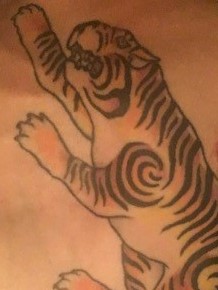
This illustration idea started when I was two years old. The first film I ever watched was the 1993 live action Jungle Book. I remember the movie began with this loud roar as we opened on the jungle of southern India. As the film moved along I was enthralled by the antagonist--the tiger, Sherkhan--and I didn’t know why. I was obsessed with Sherkhan.
Years later, I read the book and I understood what it was. Sherkhan became a metaphor in my life. Mowgli spends his life running from this tiger, this animal that ruins his life. But, what he doesn’t realize is that he and the tiger are exactly the same in many ways. Sherkhan became his darkness (his white whale) that he was running from and ignoring. And in one version of the story, there is a moment when Mowgli stops running and faces his animal. He goes face to face with Sherkhan and they roar at each other. And, finally, Sherkhan lets him live.
As I entered my twenties and struggled with the anger within me, I found myself constantly running from a darkness of my own. And Sherkhan constantly kept coming to mind. I realized I had to take responsibility for this anger, this darkness that I was fighting with. When I left my hometown for another, going to finish my college experience in a film School in Santa Fe, New Mexico, I understood what Sherkhan meant to me. I found an artist that I trusted and told him the story behind the idea and exactly what I wanted. A Southern Indian design of this character, Sherkhan.
I wanted a reminder on my skin of the darkness is within me. Just like the light cannot exist without the darkness. The Yin cannot live without the Yang. The more I ran from my animal, the more I despised my animal, the more the darkness would win within me. So, I named the darkness Sherkhan. And I convinced the tattoo artist to do the whole piece in one session, five hours, with no breaks. It was cathartic, and as he etched the head into my sternum, I had an out of body experience, I cried tears of joy because I finally understood my darkness. And every time I see Sherkhan on my chest, I am actively trying to communicate with myself.
Sherkhan is a symbol of my fallibility, my Yin, my animal.
Charlie D'Eve
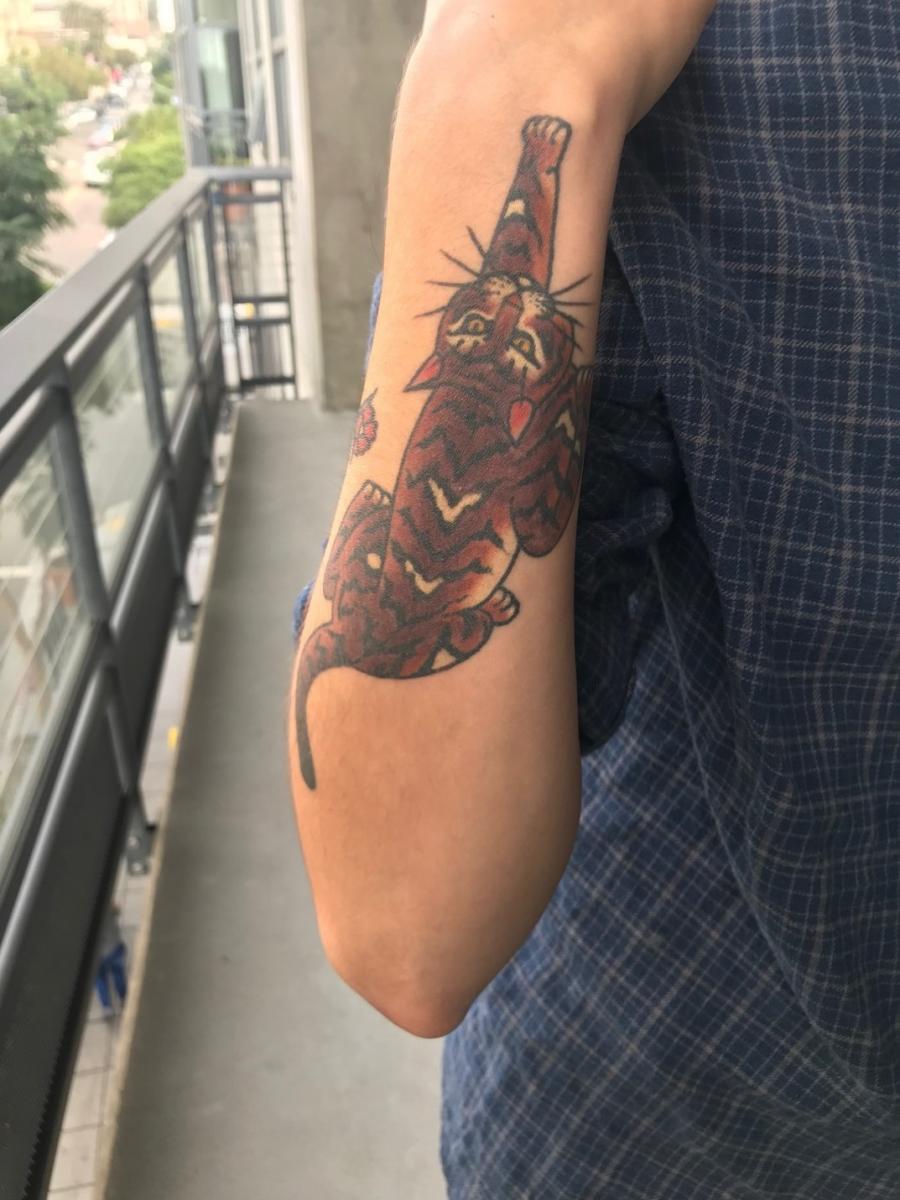
Every tattoo I have on my right arm is dedicated to an author that has in some way influenced my writing. This specific tattoo is an homage to Haruki Murakami, a contemporary author of speculative fiction. I’ve been fascinated with his works since I was in high school. The way he combines the magical with the mundane is truly incomparable to any other writer I know. As you can see, the tattoo on my arm is of a cat. Cats propel his stories as the wise, the egotistic, the overall guiding force. The way he describes this consistent appearance is merely this: “I like to read books. I like to listen to music. I collect records. And cats. I don't have any cats right now. But if I'm taking a walk and I see a cat, I'm happy." The simplicity of this answer is perfect to me. It’s the main reason I got the tattoo. To remind me: as writers, we don’t need a brilliantly layered reason for every aspect of our creations. But perhaps we always need more cats.
Georgia Brown
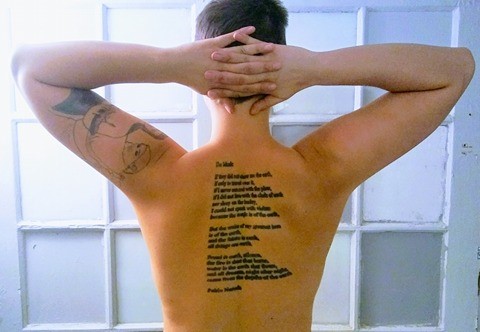
When I was eighteen years old I lived in London, UK. I was away from family and unlearning their language. I disappeared through an apostasy and came out the way I've grown to be: a queer, gender-fluid immigrant. During that time I fell in love with poetry of Neruda. He connects the dots between unlikely metaphors for beauty, and in feeling through his words I learned how to yearn and give in a little deeper to freedom. The poem I have tattooed on my back is titled “The Music.” I found it tucked away in a collection of lesser known Neruda poems named World's End/Fin Del Mundo. Y'all should check it out sometime.
Isaac Kirkman
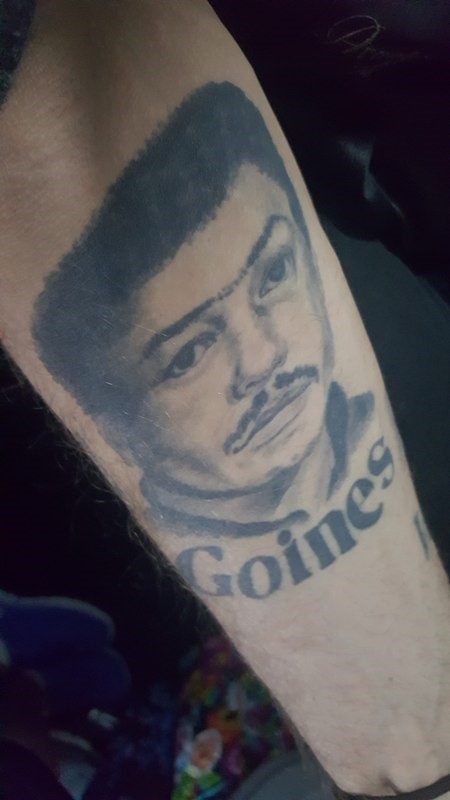
Growing up my creative peers weren't going to college, they were robbing banks and trafficking drugs, going to prison and dying, but always, always creating art or writing. The deeper I got in the streets the less I could relate to popular current writers. Donald Goines was my lighthouse, my life raft. Goines was an African-American from Detroit who wrote about the heartache, triumph and pain of the streets. He was a heroin addict who started writing in prison. He and his common-law wife were murdered as he was finishing his latest book. They say it was either over a drug deal gone wrong or that he was writing to close to what was happening in the streets and was killed in retaliation. His image, inked on my writing arm, reminds me of all the talented peers that never made it, and that when writing work that matters there are always consequences, including death. When I’m feeling lonely and alien at an academic event I look down and know I am not alone, that I rise with a million ghosts crying out to be heard.
Julia Kinu is a Japanese American poet based in Tucson. They have worked with Writing the Community and the Family Days program at the University of Arizona Poetry Center throughout the past year teaching poetry to the youth of Tucson.

